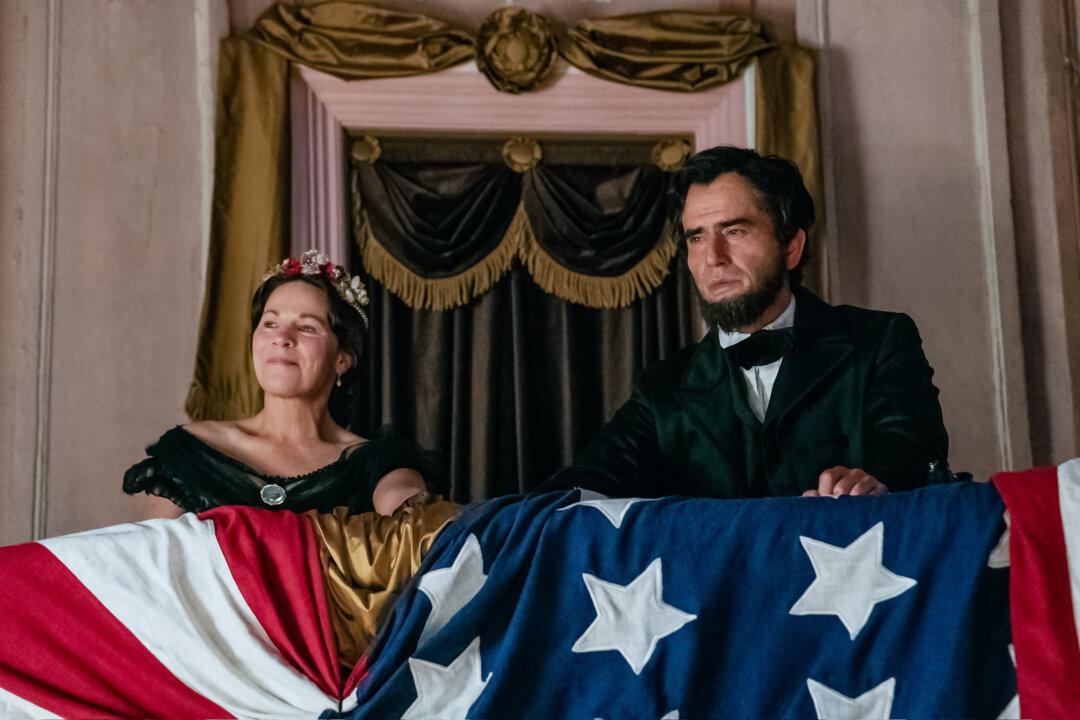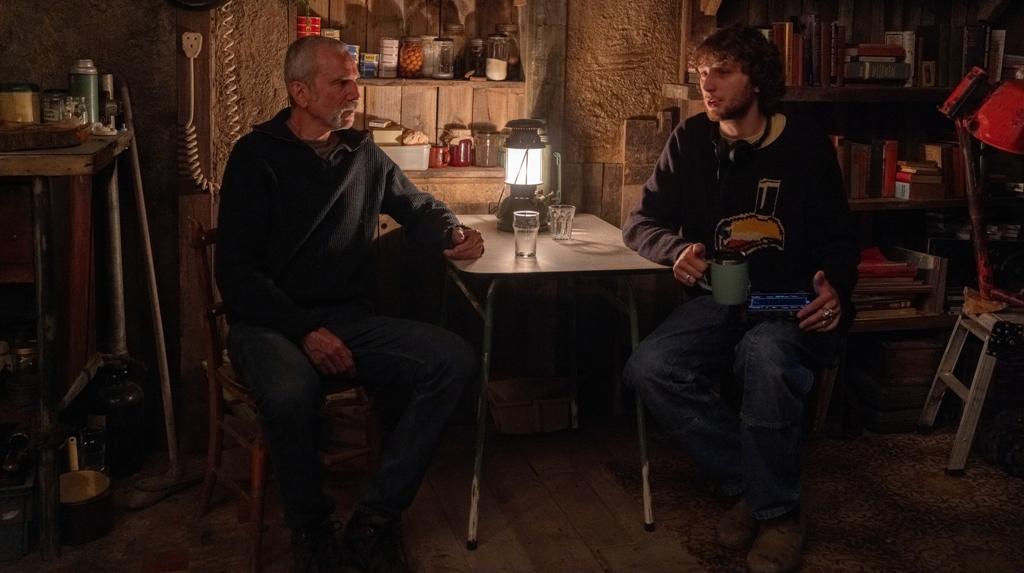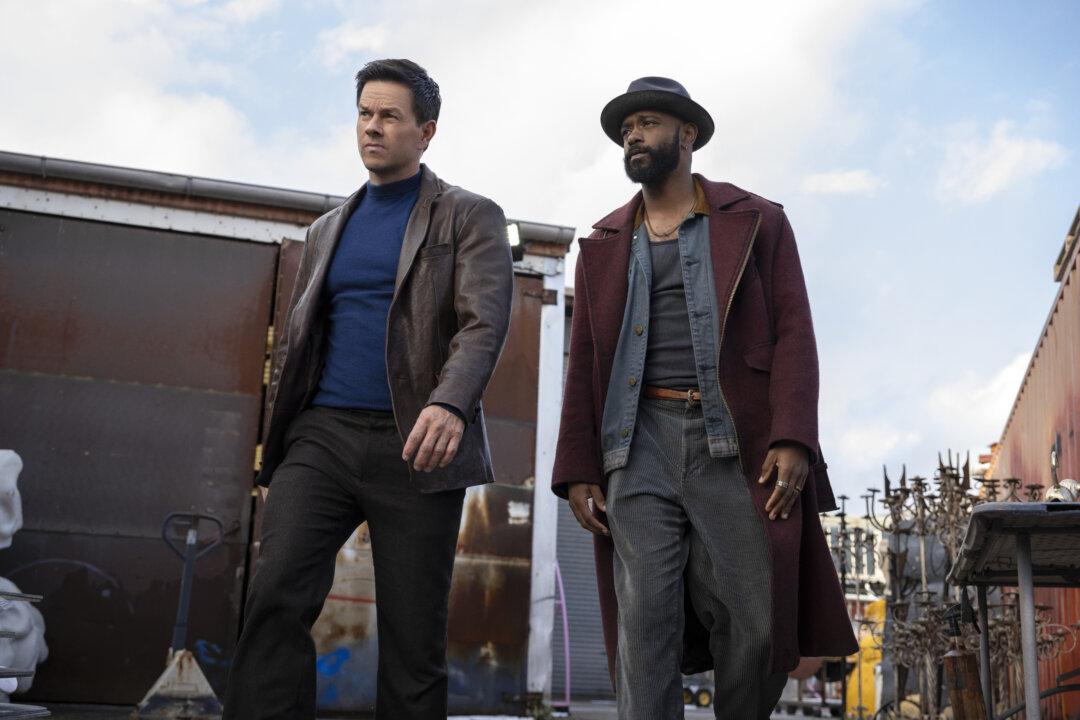TV-MA | episodes | Drama, Crime, Mystery, Thriller, History | March 15, 2024
Since his death in April of 1865, President Abraham Lincoln has been portrayed more than 130 times in print, on stage, in film, and on TV. During this same period, Lincoln’s assassin, actor John Wilkes Booth, has been portrayed just over 20 times. In all but one of these productions (the subpar “Killing Lincoln” from 2013), Booth appeared as a supporting character.






